Hasegawa 1/32 Fw 190D-9 Part 2
By Jeffrey Brundt
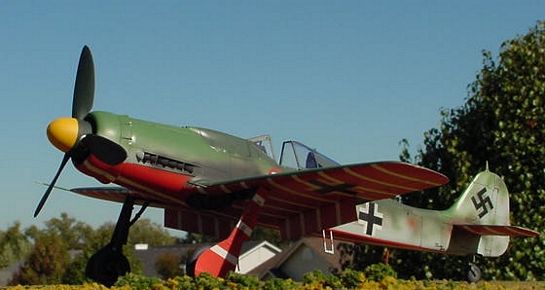
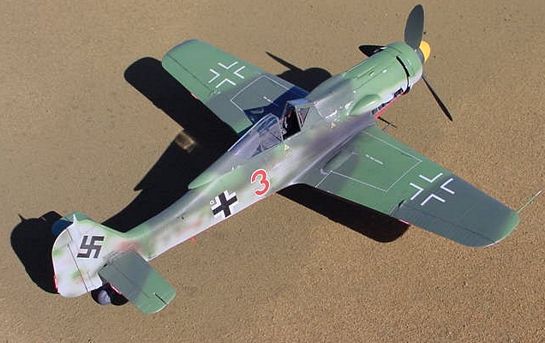
At this point the model is ready for paint. Since I was doing the JV-44 scheme several colors were going to be needed than just the standard RLM 82/83/76. I masked off the windscreen and cockpit area first. The bottom was first sprayed with Floquil's reefer white. When this was dry I applied masking tape cut to the width of the decal stripes and placed them by eye. The decals provided have the wite stripes but white decals are notorious for their lack of opacity. The kit decals would also be too 'perfectly' placed. In the filed these stripes would not be even due to where they were applied and the difficulty of painting the underside of the A/C (trust me I have done this in real life and it's no fun!). Once the stripes were masked off I applied several thin coats of Model Master RLM 23 rot. The model was then set aside to dry for a day or so before I masked the bottom from over spray of the upper cammo colors. The base color of Model Master RLM 76 was applied since this was the lighter of the three shades. I then applied Model master RLM 83 and free handed the cammo pattern where it met the RLM 76 on the fuse sides. Lastly Model Master RLM 82 was applied the upper fuse and wings. Again the cammo pattern was free handed. I prefer this method to hard edge masks. I then applied some rust brown using Humbrol 113. I've seen this before in other Doras. I'm not sure how accurate it is but I like the look of it. This color was applied very sparingly. The primary painting was done and once that was dry I gave the model a good gloss coat of clear lacquer in preparation for the decals.


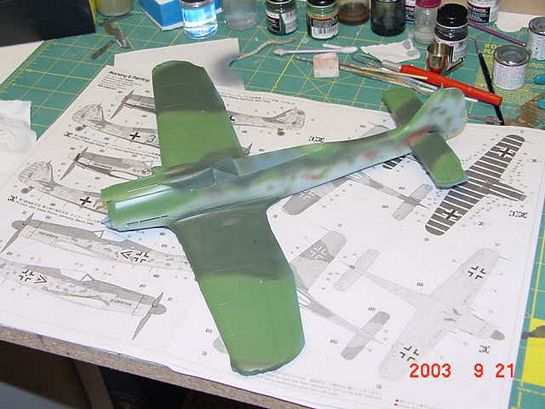
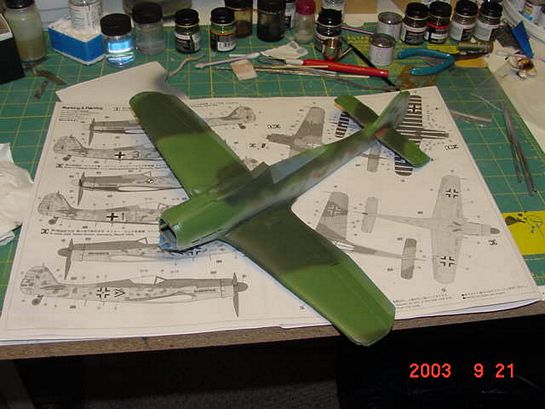
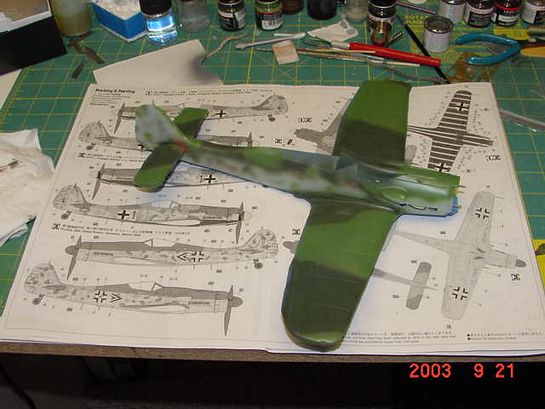
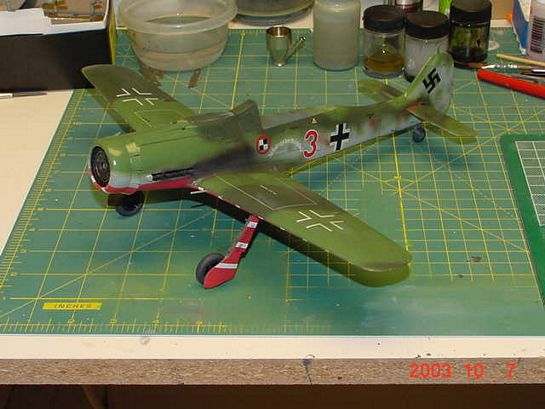
Although there are now a plethora of aftermarket decals for the Dora available I chose to go with the kit ones since they included the JV-44 markings I was interested in. They depict Hptm. Waldemar Wubke's Dora from the Papagei Staffel ca. April 1945. The Hasegawa decals were actually quite good and settled nicely with some Micro-Sol. Once the decals were dry I accented the panel lines with a mix of black enamel wash and black acrylic craft paint. The exhaust stains were done with Floquil's grimy black and regular MM flat black airbrushed on. Paint chipping was simulated with MM's aluminum with fine tipped brush. This is the first time I tried chipping and I have mixed feelings about the results. I tried to limit the chipping to along panel lines. The propellor blades were painted with an extra dark mix of MM RLM 71 (MM's RLM 71 straight from the jar is too light for props) Finally the spinner was masked and given a coat of MM's RLM 04 on the front end.
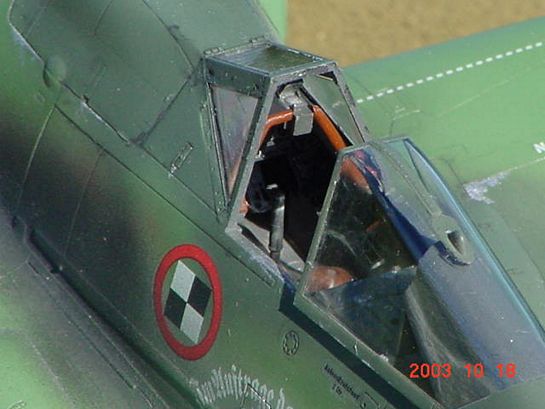
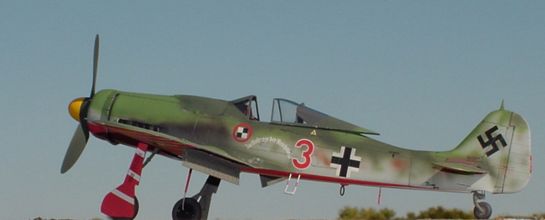

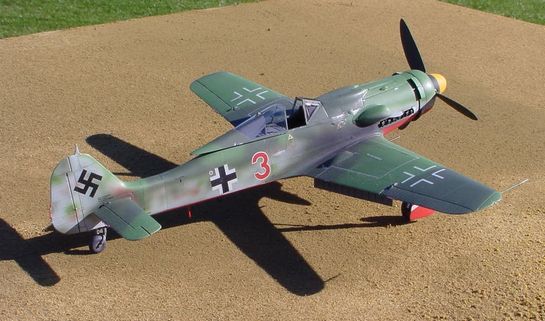
Once everything was painted and weathered I added the landing gear. It fits perfectly due to the properly aligned square pegs on the gear struts that fit receptacles in the wheel wells. I added brake lines with .015" wire. The tire rubber is painted with grimy black and the hubs are gloss black. The gear doors were attached and the model was ready for the final clear coat. I applied Model Master dead flat, clear lacquer with my Badger 150. I had intended to install an antenna wire but I couldn't get it to drape properly along the fuselage with the canopy open so I left it off.
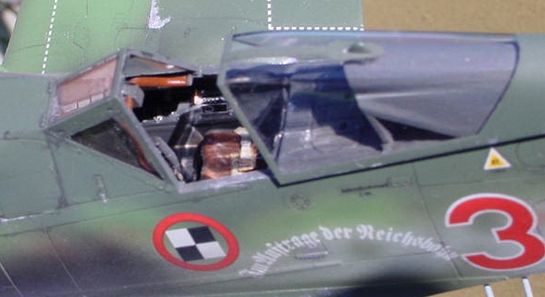
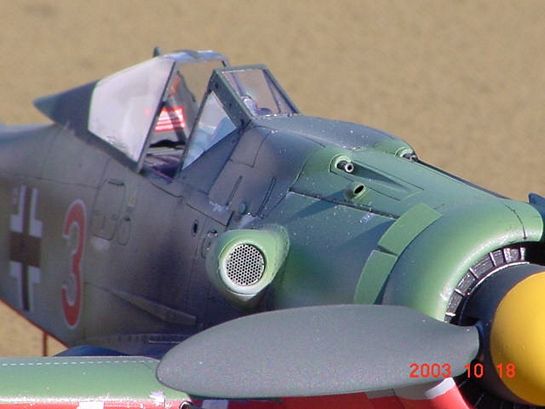
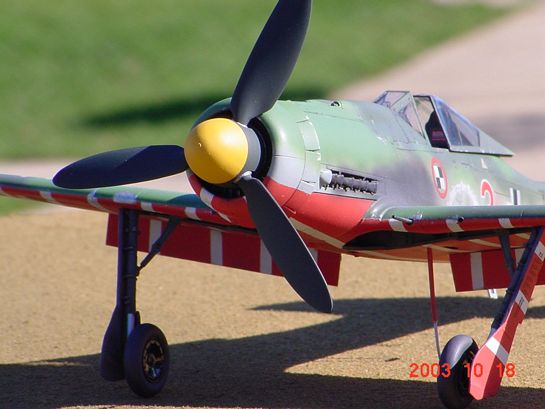
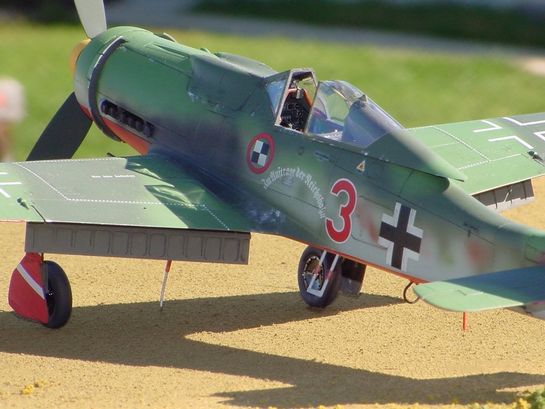

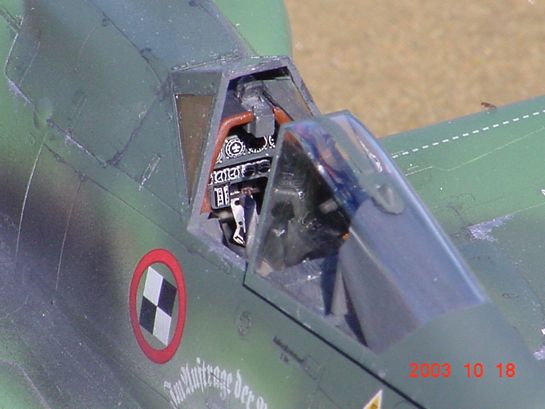
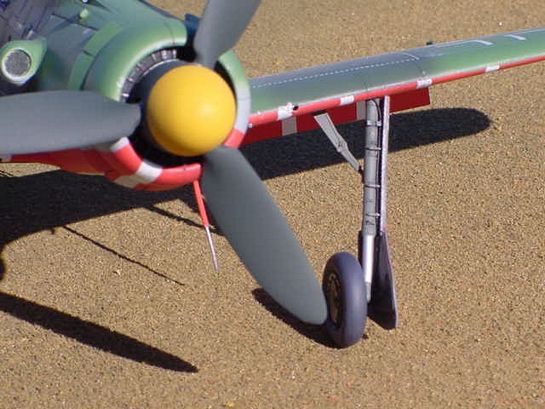
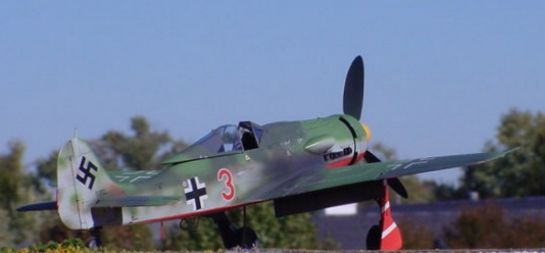
This was a fun build and went very quickly. I highly recommend this kit to anyone interested in large scale, WWII aircraft.
Part 1 | Part 2
© Jeffrey Brundt 2003
This article was published on Wednesday, July 20 2011; Last modified on Friday, June 02 2017
